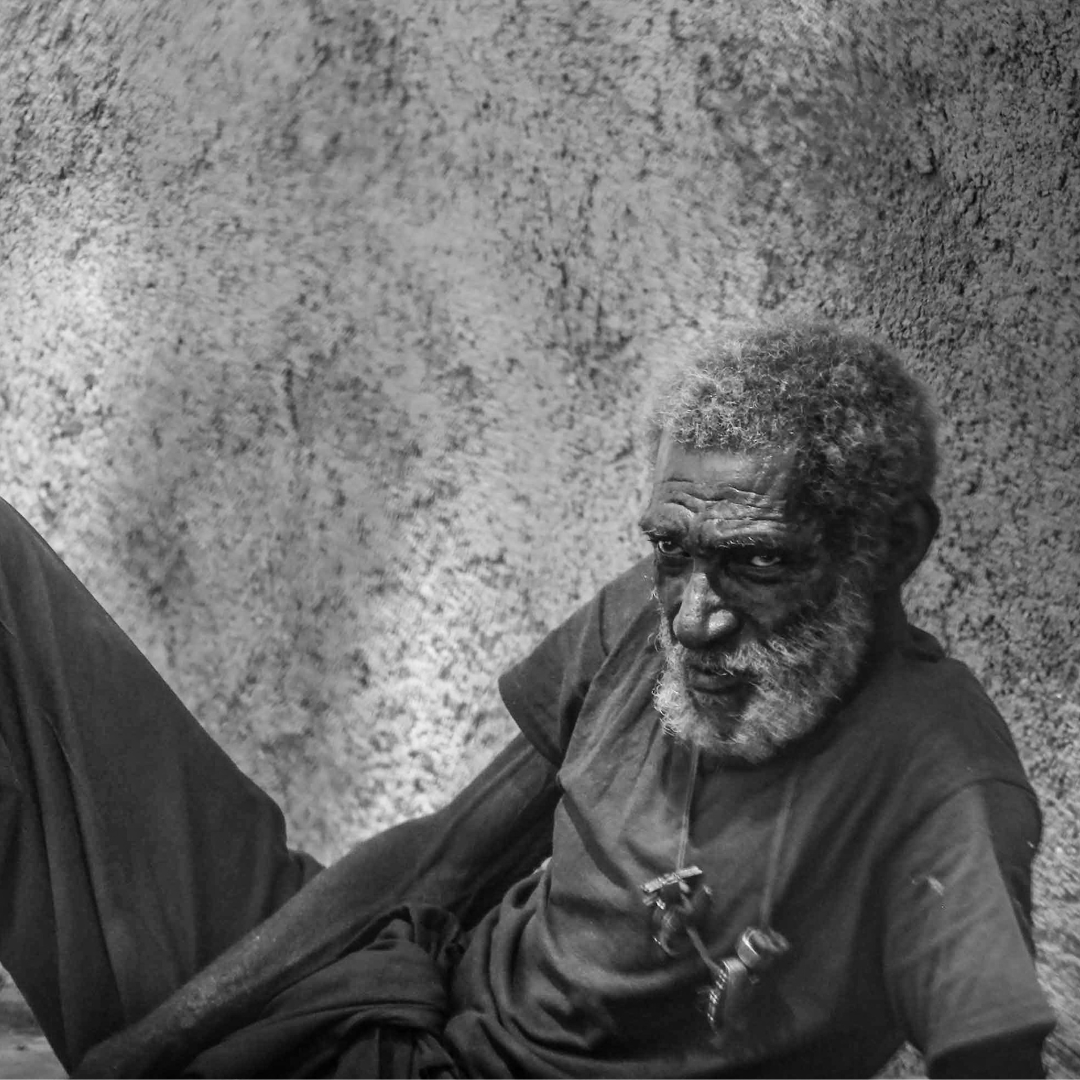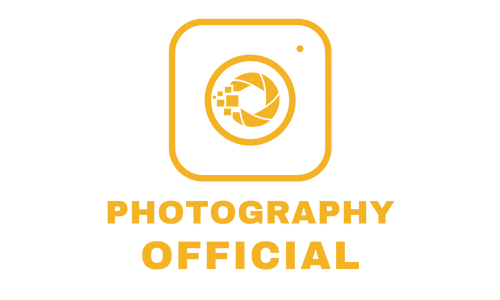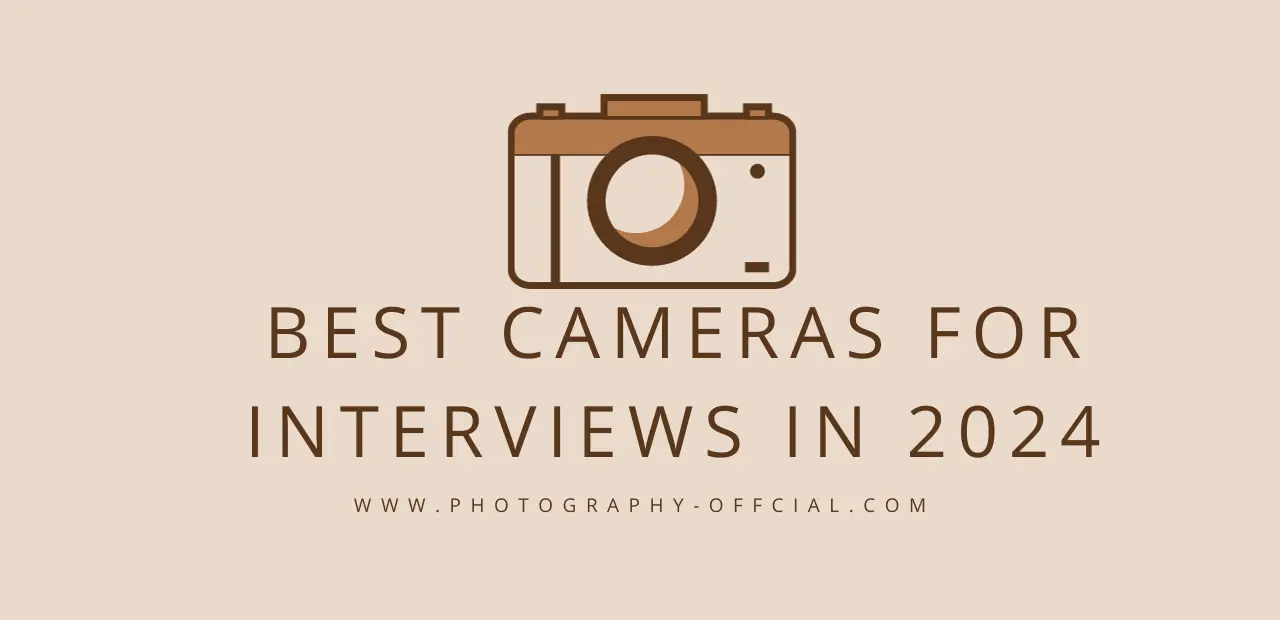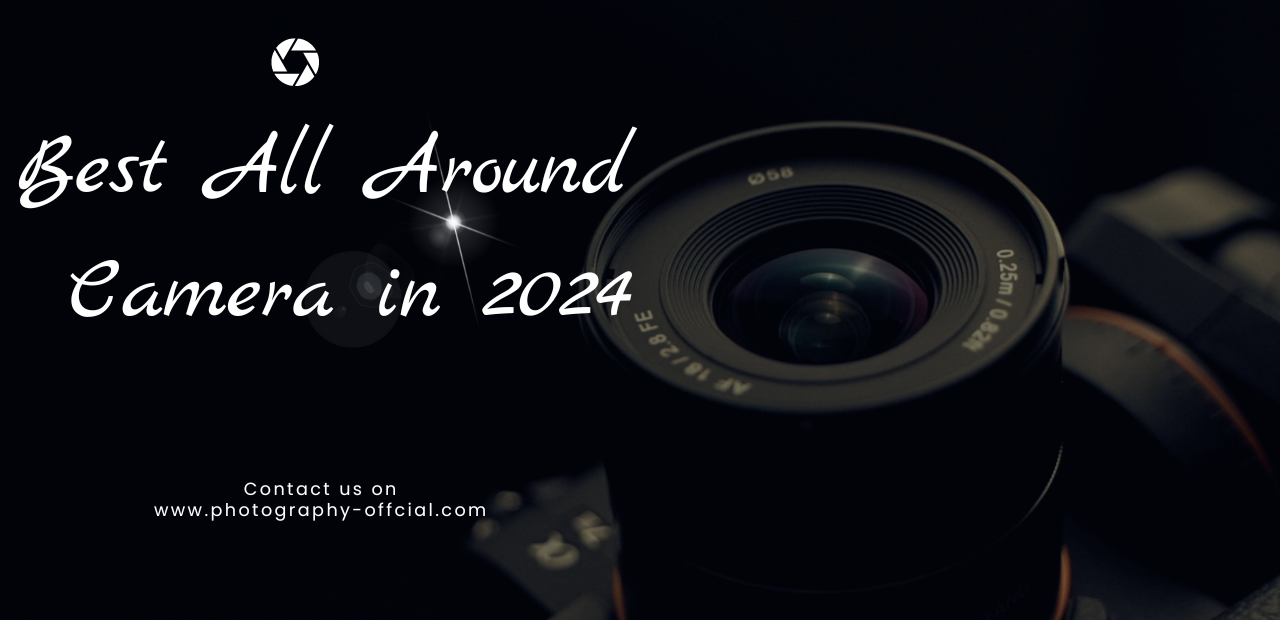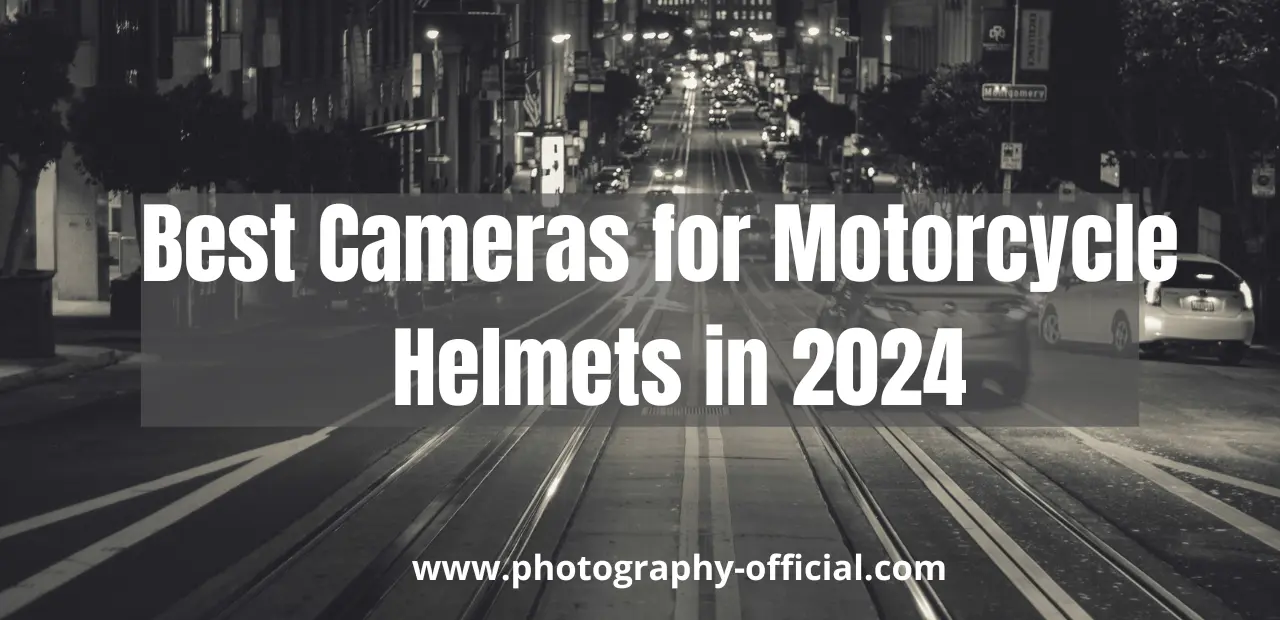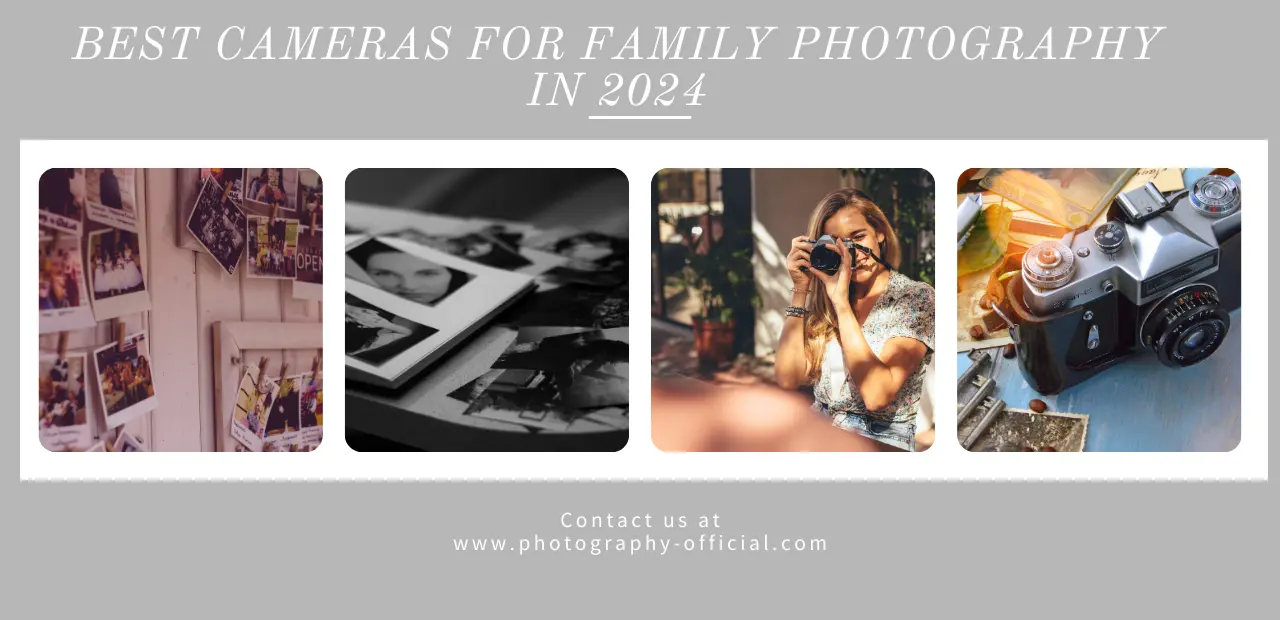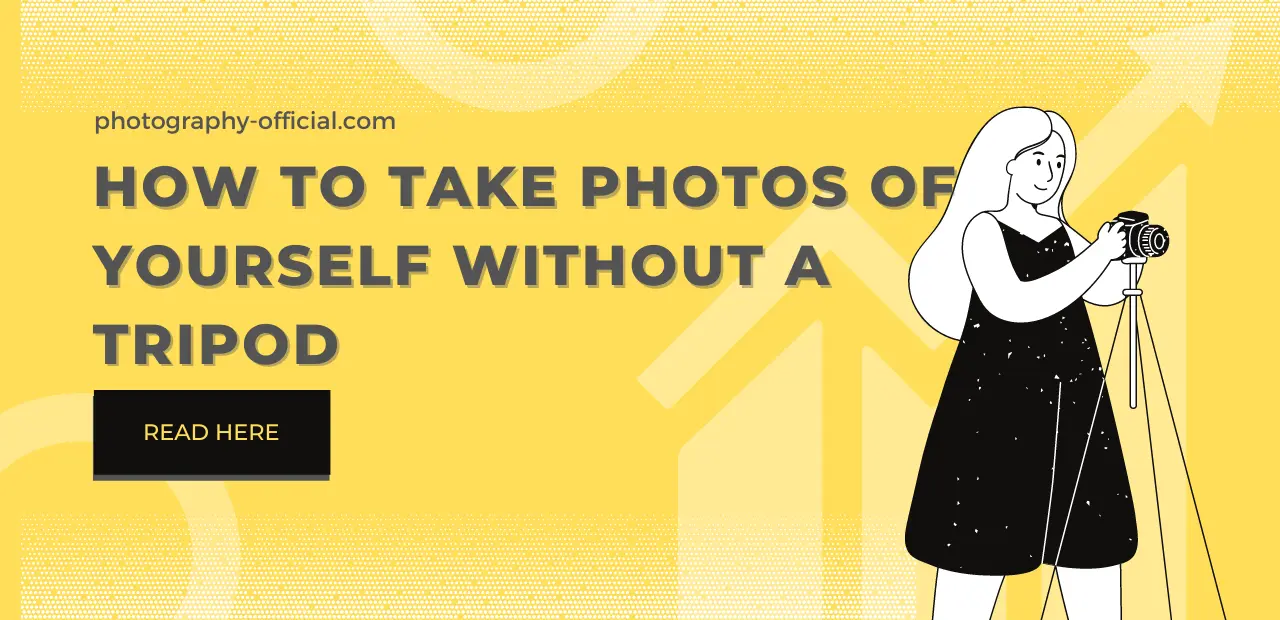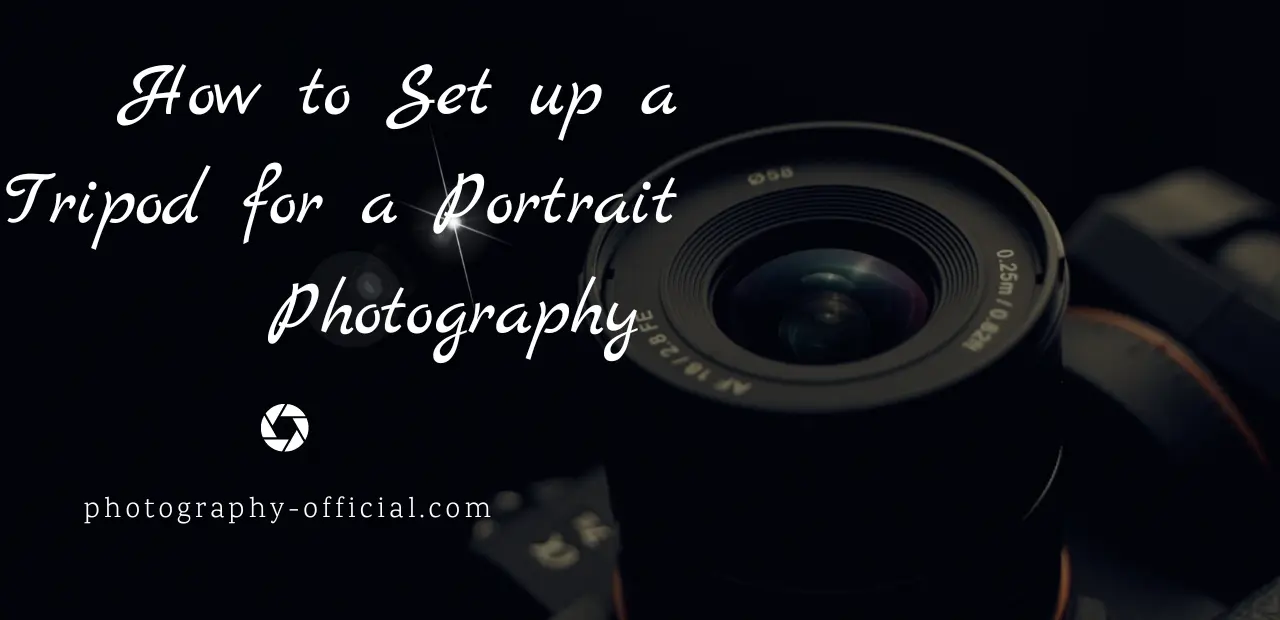Best Fujifilm Mirrorless Cameras LIST + REVIEWS
In this post, we will provide you with a list of the best Fujifilm mirrorless cameras. Of course, we will talk about the advantages of shooting with a mirrorless camera and why you should buy one.
This is a great time to be a Fujifilm shooter because Fujifilm provides some of the best mirrorless cameras on the market with the IBIS system, excelent autofocus, optimized lenses, great design, and accessories.
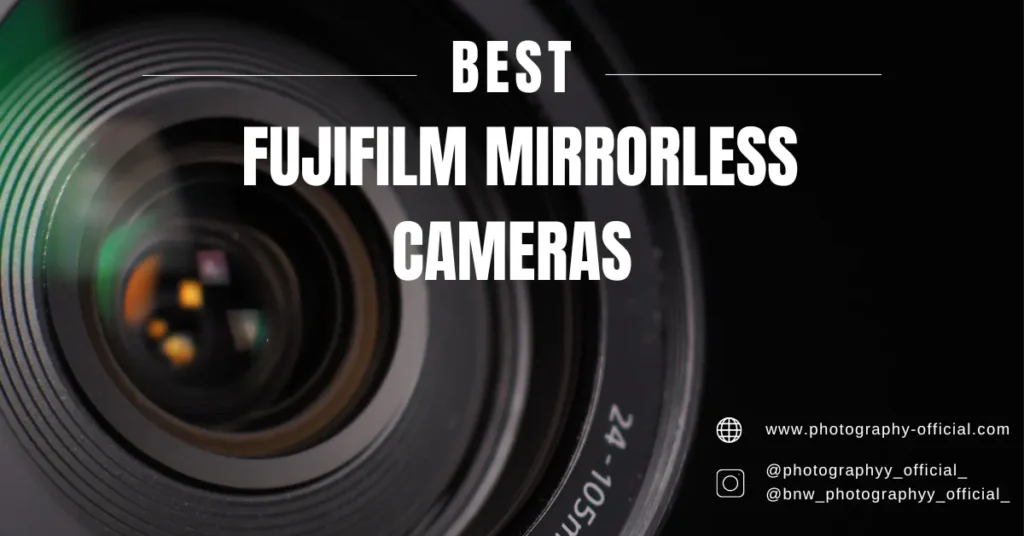
Advantages of shooting with the mirrorless camera
Mirrorless camera has many advantages, so it is good to know what you are paying for extra money. There are two types of cameras DSLR and mirrorless. DSLR stands for digital single lens reflex camera that uses a little mirror inside the camera to reflect the images from the lens to the viewfinder, so when you are looking through the camera you can see what you are shooting,
DSLR cameras have a signature shutter sound because of that mirror. When you take the picture mirror moves out of the way and the sensor records the image. So, if you need a camera that doesn`t make that sound for events requiring silent photographers like live performances, speeches, seminars, or lectures your best choice would be the mirrorless camera.
In mirrorless cameras, the sensor sends the image directly to the electronic viewfinder or LCD screen, so you see the sensor’s output in real life when you are shooting with a mirrorless. So, the absence of a mirror makes difference in the size. DSLR needs to fit the whole mirror system, so it has a bigger body than a mirrorless camera.
Another difference is a viewfinder. DSLR has an optical viewfinder, so you see the light that is passing through the lens and being reflected inside the camera to the optical viewfinder.
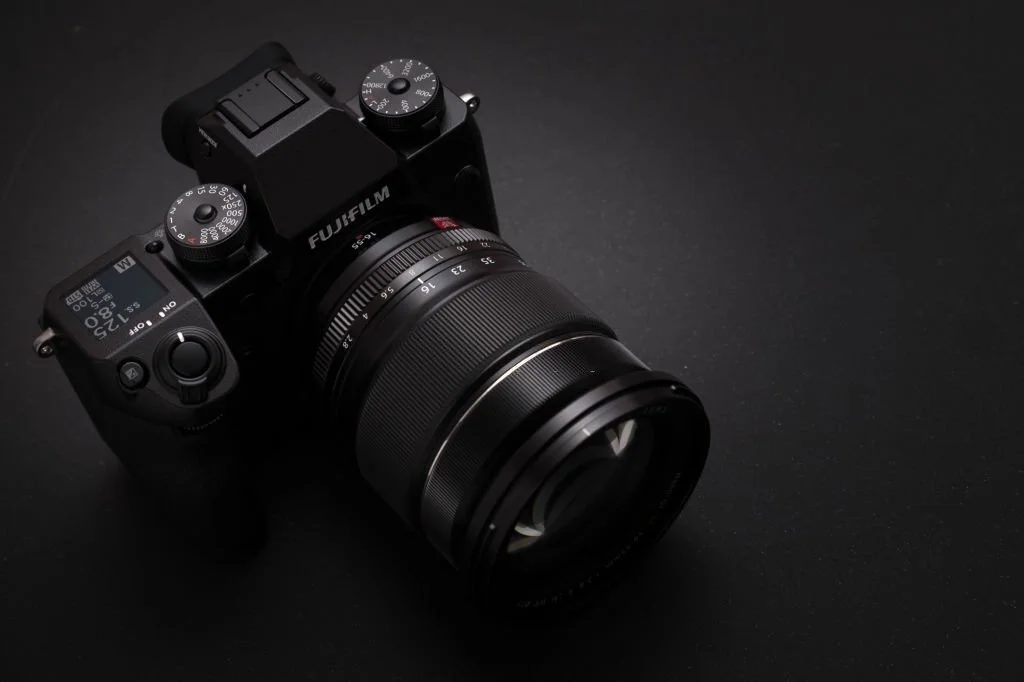
By using the mirrorless camera, you see the output of the sensor, so it is showing you what your exposure is going to look like before you press the shutter button, so it is a more intuitive, faster, and easier way of shooting because you see exactly how your photo is going to look like.
Mirrorless cameras give greater accuracy of autofocus capabilities because of the built-in focus system in the sensor. Mirrorless cameras have better lenses because they have shorter flange distance (distance from the mount to the sensor) which makes it easier to design high-quality lenses.
So, when comes to the dilemma of a DSLR or mirrorless camera you have to make the decision, based on what you are shooting, how you like to shoot, and what is your style of work.
List & Reviews of Best Fujifilm Mirrorless Cameras
Fujifilm X-T5 is a high-end mirrorless camera with 40 megapixels and an aps-c sensor. This camera is launched recently, in November of 2022. XT-5 is more of a photo-oriented camera. XT-5 looks a lot like XT-4 with an identical control layout, but it is a little bit shorter, narrower, and 50 grams lighter. You will get a compact, comfortable, and well-built body. The same sensible control layout is not the only thing that is the same as the XT-4, it has the same IBIS unit, the same battery, and the same degree of weather ceiling.
Now let`s talk about the interface.
It has a dedicated lockable ISO and shutter dials, but the exposure compensation dial remained unlockable. Because of that, you have to pay attention since it may turn while pulling it from a tight bag. ISO and EV dials have C control that allows you to switch control to the front finger dial. A joystick is a little bit small and pointy.
X-T5 has the same viewfinder as its predecessor, X-T4 and that is a 3.69 million dot OLED viewfinder panel with a slightly larger 0.8 times modification. Screen angles up by 90 degrees, down by 45 degrees, and sideways by 60 degrees while pushing a button on the outer side which allows low composition in portrait orientation. It cannot flip forward and back on itself for protection. Fujifilm offers multiple body options, a lot more than others, so if you want a body with a side hinge screen, go with the XH series.
The downside of this camera is the absence of a full-size HDMI port, a headphone jack, and a faster CF express slot for CF cards (fast memory cards made to keep up with the demands of the most recent cameras for both high-resolution still images and video).
The lack of these is going to be a problem for videographers and the solution is XH or S series. This camera has the same battery as X-T4, npw 235 with 740 frames in economy mode and around 90 minutes worth of video. X-T5 has no vertical battery grip, the accessory that adds a vertical handle with an extra shutter release (and other buttons), enables the camera to hold several batteries to improve the battery life, and makes it easier to take portrait photos.
All the previous models of the XT series had a battery grip option, and the XT-5 is the first one without it. So, you will have to turn to their XH series and spend more on the XH2 model.
Another improvement over the X-T4 is the built-in stabilization providing it with up to seven stops of compensation with any lens you attach. So, this means that you will be able to achieve precise compositions at longer focal lengths.
IBIS is very important if you want to maximize a camera`s potential resolution with unstabilized primes (a fixed focal length prime lens generally has a maximum aperture between f/1.2 and f/2.8, and they are excellent for photographers and filmmakers who need the highest optical quality and like a shorter depth of focus in their still photos and moving images). When it comes to autofocus, it has separate settings for face/eye and subject detection.
In the face/eye detection settings it has eye auto, right, and left eye priority. In the subject detection settings, you can choose between animals, birds, and a variety of vehicles. The image quality that this camera offers, is a top resolution is 7728 by 5152 pixels.
Two low resolutions can be recorded in the choice of 5 aspect ratios (The ratio between the width and height of the projected picture or video). In the menu, you can find options for fine, normal, fine+raw, normal, normal+raw, and raw options. The formats of raw files are uncompressed, lossless compressed, and compressed. The formats of standard images are jpeg and heif. Another standard thing for Fujifilm is the film simulation, to be exact X-T5 offers 13 film simulations.
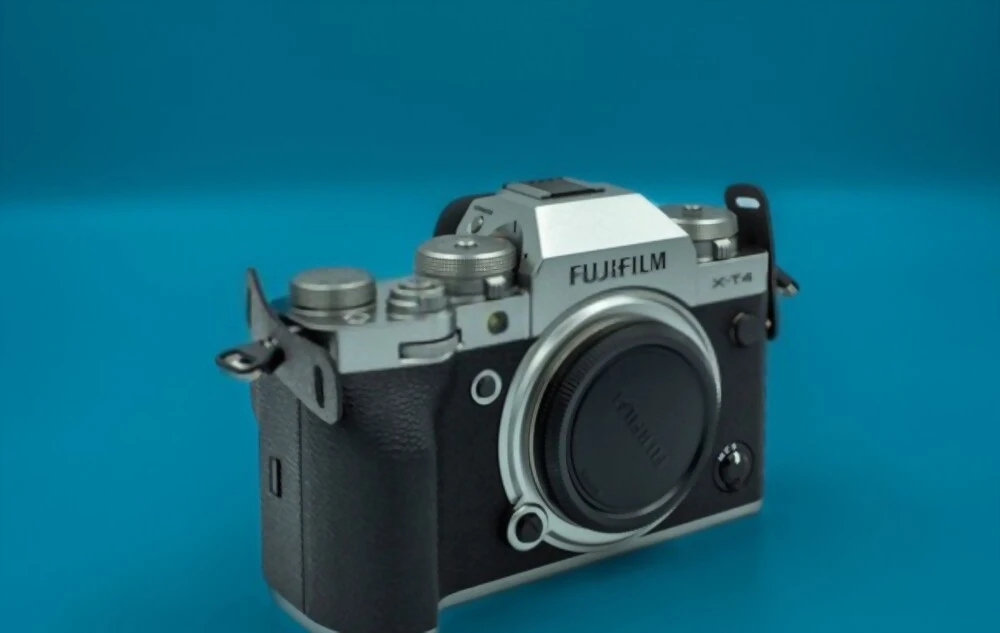
Other photography features worth mentioning are:
- interval timer shooting which enables capturing between 1 to 999 or infinite images until you stop it at intervals from 1 second to 24 hours,
- multiple exposure is an option that allows displaying two or more photos in one frame and in the case of this camera 9 photos. Those photos can be combined using additive, average, dark, and light rules.
- bracketing is a technique that allows the photographer to snap many pictures of the same scene at various camera settings. The photographer may now select from or mix different versions of the same image to create the ideal shot. X-T5 allows you to select between exposure, ISO, film simulation, white balance, and focus.
- advanced filter effects are the options that give you a selection between various filters like toy camera, miniature, pop color, high-key, low-key, and others.
- and built-in Wi-Fi and Bluetooth.
We understand that Fujifilm cameras might be out of the budget for a lot of people, so we have prepared the post that features digital cameras that you can buy under $100, here is the link.
You can find more information about X-T5 in this video.
[embedyt] https://www.youtube.com/watch?v=y-OezXhvjmg[/embedyt]
2. Fujifilm X-T4

Fujifilm XT-4 is one of the nicest aps-c cameras on the market and it comes with new interface features. They`ve revised the interface, you get dedicated stills and a video switch that maintains all your settings separately, so you don`t have to worry about going between log and standard picture profile.
There is a new interface where you can use dials and the joystick to set your video settings and a touch screen that is on a fully articulating screen. Fujifilm X-T4 has a great autofocusing system, classic zones, wide area, face, and eye detecting system.
Other parts of that autofocusing system are the touchscreen and joystick. Using a fantastic touchscreen and joystick is a great way of telling the camera where you want it to focus. It has a very interesting feature and that is the tracking interface. There is a significant difference between the tracking system on older Fujis and X-T4. On older Fujis, it`d be zoned with a bunch of little boxes following everything.
On the Fujifilm X-T4 tracking system is much better than on other Fuji cameras, there is a single more contemporary box that if put on something follows it. It is much better for shooting stills than fast, moving objects because in that case there are missed frames, and it kind of looks off. The tracking system is great, but it is not the best in the class.
One of the best features of this camera is the shutter, it is super silent and stable because the body has the perfect weight for the hand holding it, and shooting 15 frames per second is a big upgrade. Another feature that enabled this camera to make it on our list is the IBIS system with 5 axes in body image stabilization. IBIS stands for in-body image stabilization.
When shooting handheld at slower shutter speeds, this camera technology seeks to stabilize your sensor to deliver both steady, shake-free video footage and clear still photographs. It is smaller and lighter than on XH but promises to be more stable. IBIS system puts it up with a lot of high-end systems with Micro Four Thirds Cameras like Panasonic Olympus, so as an aps-c camera this is going to outdo the Sony a-6000 camera which also has IBIS.
Fujifilm X-T4 has 26-megapixel aps-c sensor that has a fast scan rate and it is great for video. Also, it has a bigger battery, so you can go through most shooting days with a single battery (2 hours of run time). IBIS system with this sensor is a great combination because shooting locked off with boost mode, it looks like you are shooting with a tripod unless you are shooting very long focal lengths if you are planning to do deliberate camera moves like a pan or a tilt or if you are walking with someone because it is not fluid.
But this can be fixed in the firmware and Fuji is good for that. Also, there is a log assist that is great on wide dynamic range scenes, and it is great to be able to look at the 709 preview while you are shooting. This camera has a USB jack with included adapter in the box, but there is no headphone jack, so you have to use a battery grip to make up for that which is an expensive accessory to get a headphone jack.
If you are a photographer who often shoots videos this camera is one of the best bodies out there, but if you are a dedicated video shooter it is better to look for other cameras with a headphone jack, some assist tools, or an XLR adapter. It is great for hybrid shooting if you are at a wedding, engagement, or seminar.
3. Fujifilm X-H2

X-H2 made our list of the best Fujifilm mirrorless cameras because it has many improvements over previous models and because of great output in terms of stills and video. This model of Fujifilm mirrorless camera has 40 megapixels aps-c sensor. This implies that using a crop sensor camera will provide you with more image resolution than ever before.
Photographers will be able to simply trim their photographs while preserving a high level of detail or even produce enormous prints without any upscaling, thanks to the 40 megapixels. It can record 8K video (allows you to shoot and crop into the video) and has in-body stabilization. But this is not a particularly small camera, it is a little bit bigger and heavier than X-T4 which should not be a problem because it has a big grip. That deep grip makes it easier to hold than X-T4 with a much shallower grip. It is very well built, and the weather ceiling works.
It has a similar design to some of the previous models, XS10 and GFX. The dials for controlling ISO, shutter speed, and exposure compensation are not on the top. Most of the exposure controls are at the front or the back, on the top you can find only one psam dial. If you like the more retro design of X-T4 then this could be a little inconvenience for you in terms of intuitive switching.
On the top of the camera, you can find four lined-up buttons. The first one is a video button that allows you to start recording video, under that button you can find one that allows you to control ISO at the rear dial (this setting on your camera determines how sensitive to light a film or digital sensor is. More sensitivity to light is indicated by a higher ISO value than by a lower ISO number), third is white balance button and fourth is for custom mode button.
If you like to switch between manual focus when using a tripod and autofocus for handholding you can set up that customizable button for focus mode, so when you press it, you can cycle through manual focus or autofocus which is very quick and easy. A joystick is not as easy to manipulate as a joystick on the X-T4 but is not problematic when you are scrolling through the menus (it also has a d-pad for scrolling).
The remote-control connector is moved to the other side of the camera, to the same side as the battery of the camera. So, if you like to shoot on the tripod with an L-bracket this is a nice touch. X-H2 has a flip-out screen which is great for recording videos, being able to turn the camera around and record yourself is extremely helpful. Also, it has two card slots. One is for CF-express (to speed up your workflow) and for SD card, so you don`t get a dual slot for SD.
When it comes to autofocus, Fuji claimed that they have made improvements and certainly they delivered. Autofocus is excellent. It has different settings, for facial recognition, animals, bikes, cars, or buses. After touching the button, it immediately latched on, was very sticky, and tracked the subject all the way across the screen.

Another improvement over the X-T series is the electronic viewfinder which has been increased to 5.76 million dots which gives a sharper picture with a little bit more details. The electronic viewfinder of this camera is the same as in Fuji`s top camera GFX 100.
For such high resolution, it surprisingly has seven stops of image stabilization which is quite a lot. That should allow you to shoot handheld at shutter speeds up to one over two hundred. Also, this camera has the same battery as the X-T4, but they claim that they have optimized it to get 10% more shoots (680 as opposed to the previous 600) out of it which represents yet another improvement.
Battery life is great. It lasts from one day up to a couple of days depending on what kind of shoot you do. For a hybrid shoot, it should last the whole day, and if you are a landscape photographer you can get more out of it. The image quality is great with higher pixel density. X-H2 has 40 megapixels CMOS x-trans 5 (fifth generation) hr (high resolution) sensor and they claim that X-H2 has the highest resolution in any aps-c camera at the time.
This camera has high resolution that gives you the ability for bigger prints. It is a great improvement if you want to upscale your prints, but you have to decide if you need that high resolution for day-to-day shooting and if most of your work you just upload on the internet, but it does give you a lot more details to crop into.
But there is a downside to that high resolution, not all the lenses are compatible with his camera especially older ones (at the beginning of the X series). To check out what lenses are compatible or optimized for this model you should visit their website. Another new technology that Fuji has implemented into this camera is pixel shift technology.
That is the technology that allows the camera to take uncompressed RAW photographs while changing the image sensor using IBIS one pixel at a time. Using a certain software, you may combine the four RAW photos on a computer to create photographs with a greater resolution than is possible with standard shooting. Although this technology is not quite useful in the real world because if there is any movement you will get blurry objects so it can be used only if there are absolutely zero movements or in controlled conditions like for shooting in the studio.
This is a great camera for shooting stills and video unless you are shooting high-speed video. In that case, you might turn to X-H2s. For a more detailed review check out this video. [embedyt] https://www.youtube.com/watch?v=E9zbKZksrnc[/embedyt]
4. Fujifilm X-S10

The Fujifilm X-S10 made our list of best Fujifilm mirrorless cameras because of its sensor and built-in image stabilization for handheld shooting, which is kind of amazing for a such small camera. This is very important for lenses that don`t have built-in ois (which stands for optical image stabilizer, a feature of cameras that alters the optical path an image takes before reaching the sensor. Typically, a moving image sensor or lens element is used to achieve optical stabilization).
The Fujifilm X-S10 camera is for people that are not fans of retro-style design, for people that are a little more accustomed to the contemporary design with a big grip which makes shooting with it for a long time very comfortable. It is also lightweight and compact which makes it great for traveling and street photography.
It has accessible dials and a decent number of customizable buttons. The one thing that may be an inconvenience for you is that there are four custom dials, and you cannot set any of them for the video. This camera has the same sensor as X-T4, 26-megapixel aps-c sensor. The image and video quality of this camera are great for its price point.
It is a great 1080p camera and it is suitable for shooting 24p 200-megabit videos for platforms like YouTube and slow-motion b-roll. If you are somebody that shoots a lot of videos you are going to love its fully articulated touch screen also known as a flippy screen because of its ability to see yourself and monitor what you are doing, but if you are still a shooter tilt-up screen is much more practical.
X-S10 has a few cons and those are a small electronic viewfinder, short battery life (two to three hours depending on what you are doing) and it is not weather sealed. This is a great light, compact, and kind of affordable camera to tone your skills with and gives quality images and colors.
In the end, we would like to give you a tip for saving some of your money. Whenever a new camera that is a little too expensive for you, launches it is a good time to look for bargains, to see if someone is selling their used camera of an older model that you have been eying for some time, or to sell some of the old models that you don`t need any more to help you to pay for the upgrade.



